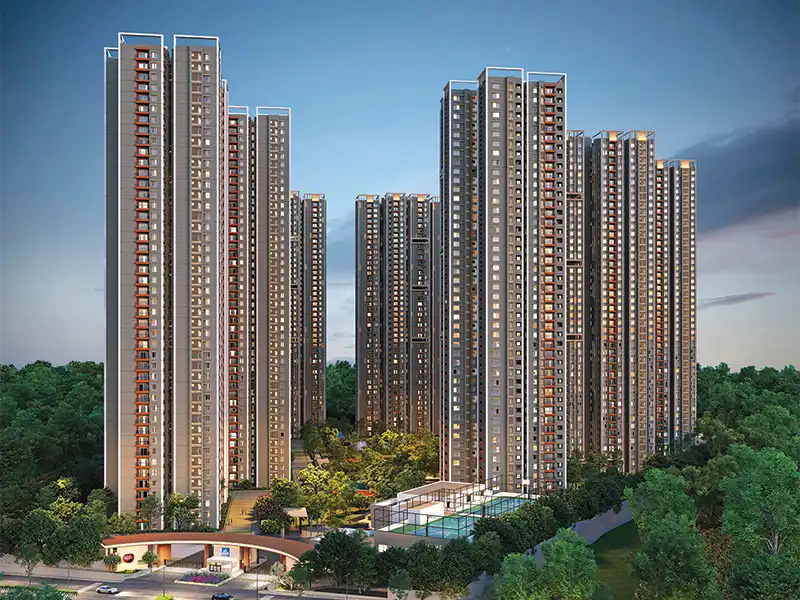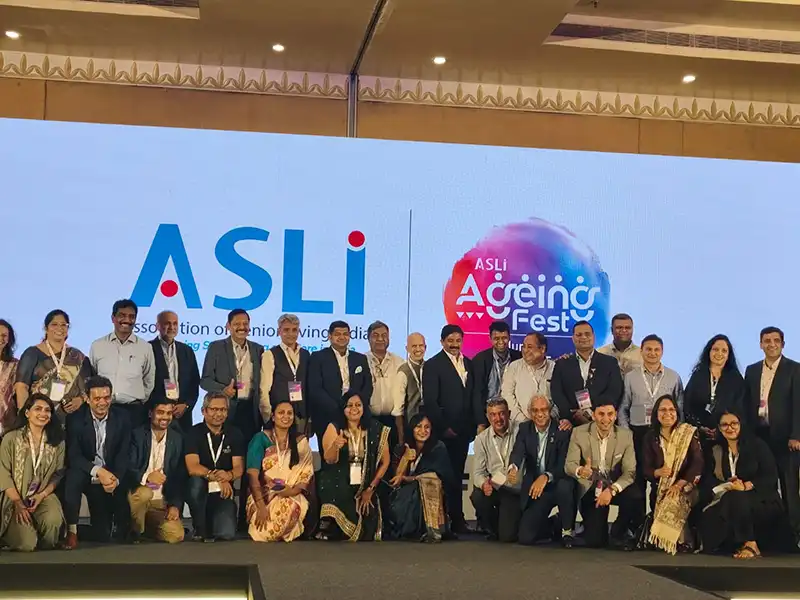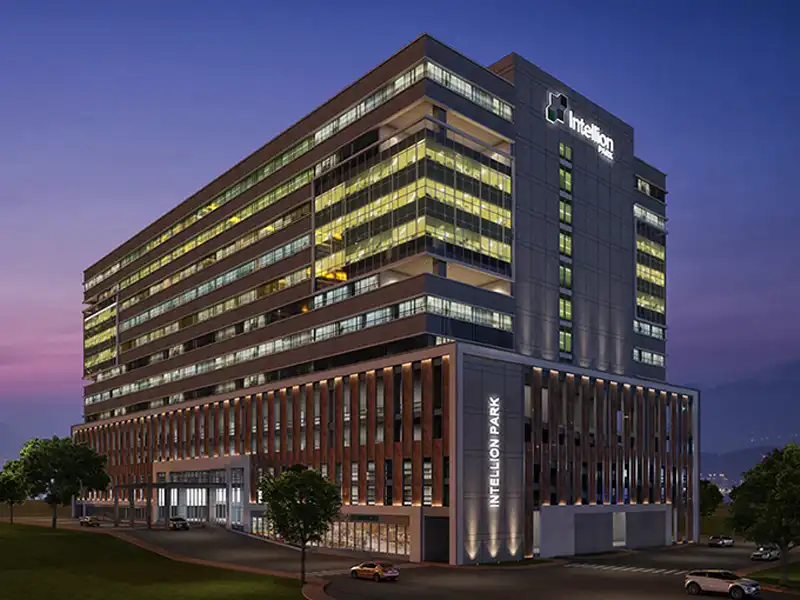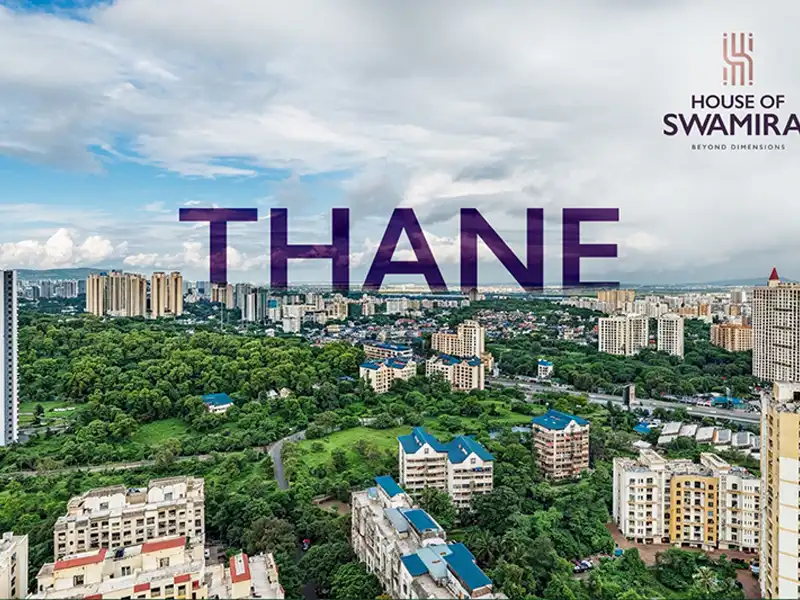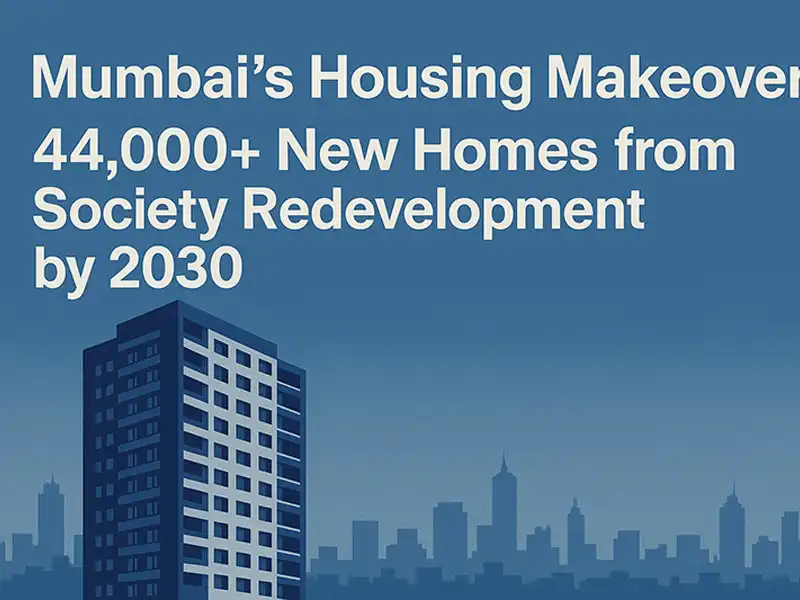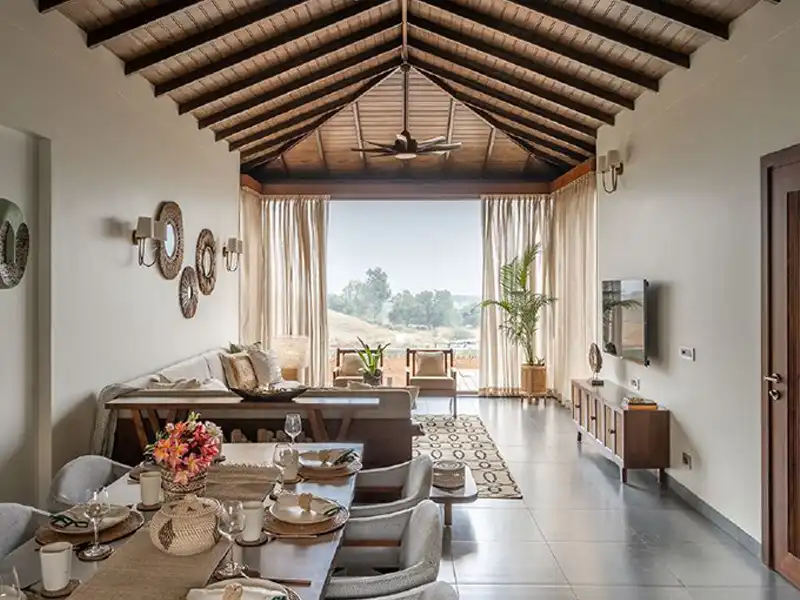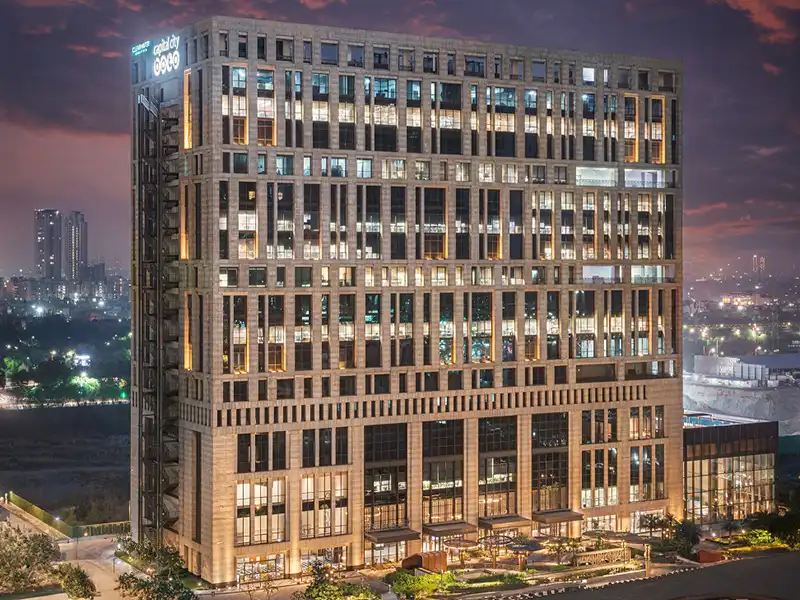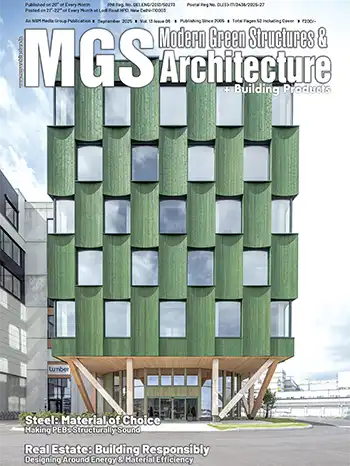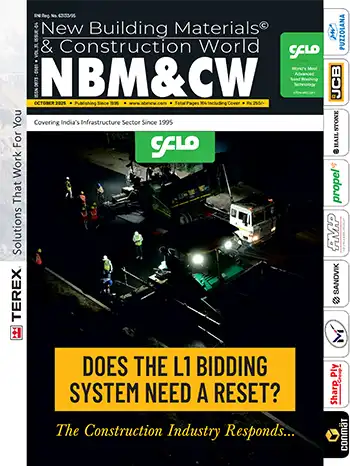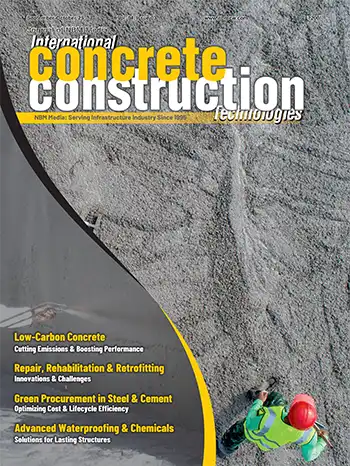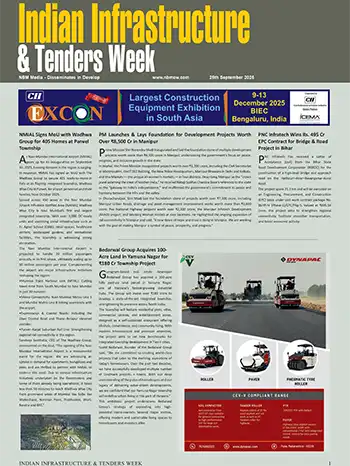Affordable luxury strikes a balance between premium design and cost-effectiveness. It’s not just about larger spaces, but about smarter, more efficient living that delivers maximum value per square foot."
Nikunj Sanghavi, Managing Director, Veena Developers
The Road to Affordable Luxury in Real Estate
Affordable luxury is no longer a trend; it is a movement. Changing consumer behavior is compelling developers to adjust their offerings to cater to a larger crowd. This crowd is seeking high-end amenities at budget-friendly prices. Several reasons, including the growth and trend of urbanization, technological advancements, and the rapid growth in the middle class, are all indicative of higher disposable incomes. Buyers want comfortable, stylish, and new homes at a price that can fit their pocket.
What makes affordable luxury?
Affordable luxury homes are high-quality, premium, yet classically designed accommodations with modern amenities, but without breaking the bank like traditional luxury properties. Developers achieve this by focusing on efficiency, sustainability, and modern living needs while keeping costs down by choosing the right location, construction techniques, and shared amenities.
The main defining features of affordable luxury homes are:
Smart Technology Integration: Smart homes, including automation systems in living spaces, energy-efficient appliances, and smart security features, are smartly integrated into cost-effective luxury homes. All these provide an improved experience in living and save energy and cost in terms of maintenance in the long run.
Best utilization of space: Every foot is utilized to the maximum in modern architecture so that residents can feel they have space even while living in smaller houses. To do so, multifunctional furniture, open floor plans, and strategic lighting come into play.
Quality finishes and materials: Imported marbles and exotic woods may adorn luxury properties of the past but affordable luxury will make use of high-quality locally sourced materials as beautiful yet more cost-effective.
Community Amenities: The developers are designing community amenities on shared luxurious entities like swimming pools, gyms, co-working spaces, and landscaped gardens. These can help retain the feel of luxury without really pushing property prices up as these can be spread across more residents.
Sustainability: Eco-friendly construction processes, solar panels, water conservation systems, and green building certifications are now an integral part of affordable luxury projects. It may please the environment-conscious buyer but does help reduce operational costs in the long run.
Zero-Wastage Spaces with Ample Light and Ventilation: Affordable luxury homes are designed to ensure zero wastage of space through thoughtful layouts and functional designs. Every corner of the home is optimized for usability, creating a clutter-free and efficient living space. Additionally, homes are planned to provide ample natural light and proper ventilation through large windows, open layouts, and cross-ventilation systems. This not only enhances the aesthetic appeal of the home but also improves air quality, reduces energy consumption, and creates a healthier, more refreshing living environment.
Affordable luxury homes provide an ideal balance between premium living and cost-effectiveness by blending modern innovation, sustainability, and practical designs to meet the evolving needs of contemporary homeowners.
Trends Defining Affordable Luxury in 2024 and Beyond
Affordable luxury is rapidly evolving: it is more directly driven by trends that speak to changes in consumer and technological behavior.
More Smarter Design for Smaller Spaces: With the urban populations expanding, land is becoming scarce, and the need for compact luxury is gaining momentum. Innovations in modular design and space-saving solutions by developers render even the smallest of units spacious and luxurious.
Customization and Flexibility: This involves personalization and flexibility on the part of current buyers. Here, developers are responding to their requirements with options to choose floor plans, finishes, and interior design elements on the developer's shelf. Modular construction also happens to be gaining ground, with the potential for modification of spaces as and when the needs change.
Urban Renewal: Affordable luxury is doing pretty well in areas of urban renewal. Developers are identifying emerging neighborhoods where property prices are lower and thus investing in luxury housing solutions. This both makes luxury living more affordable and contributes to the regeneration of these areas.
Ready spaces for work-from-home: This growing popularity of remote and hybrid working has created a need for homes that are well-designed to accommodate good workspaces with soundproofing as well as high internet connectivity. Affordable luxury developments now include home offices or shared co-working spaces in their design.
Sustainable and Green Living: Sustainability is no longer a niche demand but the full expectation of the mainstream. Developers are now including sustainable materials, energy efficiency in design, and green spaces within luxury offerings. Buyers are willing to pay more for homes with eco-friendly features that reduce their environmental footprint and long-term utility bills.
Technology in control of affordability
Technology is the prime example of affordable luxury; from design to construction, technologies are assisting developers in reducing costs without compromising on the quality of development. For example, prefabricated aluminum form work and modular construction saves labor costs and prevents wastage of material by giving better margins that can be passed on to the buyer.
Developers are also making the design process smooth through other digital tools and innovations, virtual reality, and artificial intelligence. Many buyers can now see and configure their house even before it is built thanks to all these technologies. As such, technology appears to make premium spaces more accessible while placing buyers in the driver's seat when it comes to purchasing decisions.
Conclusion: Future of Luxury Living
Affordable luxury is not just a passing trend-it is a new style of luxury, applicable to the needs and realities of today's homebuyers. Innovative design, advanced technology, and community-focused amenities make lifestyle affordable to a much broader audience for developers. Nor does it have to come with a price tag. Instead, affordable luxury gives the luxurious feel of how life will be comfortable and convenient with elegant ways that do not exceed the buyer's wallet lines.
Looking ahead, affordable luxury will remain a defining trend in 2024 and beyond because it opens up opportunities for more people to enjoy high-end living at prices once out of reach. This has ushered in a new landmark for what it means to live richly, proving that the best life is possible without its price tag. It is no longer about making houses but rather making a lifestyle that fuses fashion and affordability in creating the possibilities of luxury living for more people on their terms.




